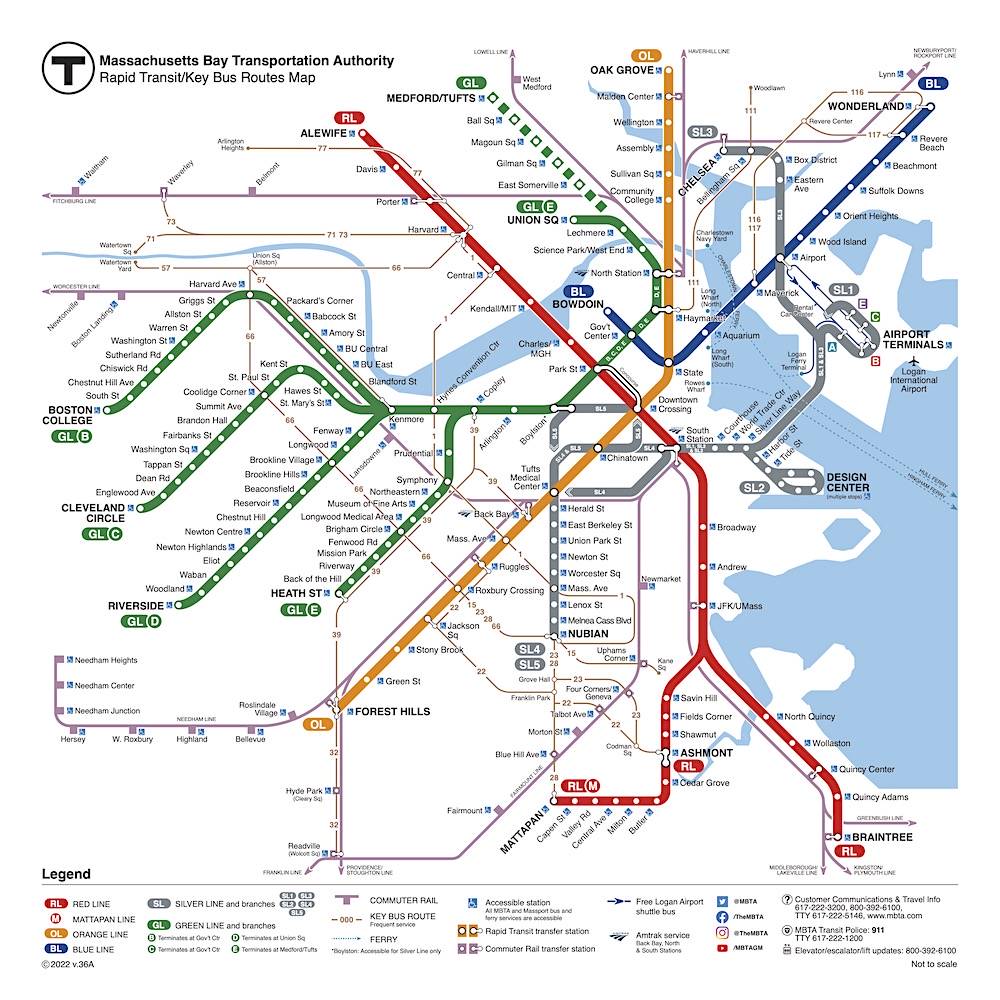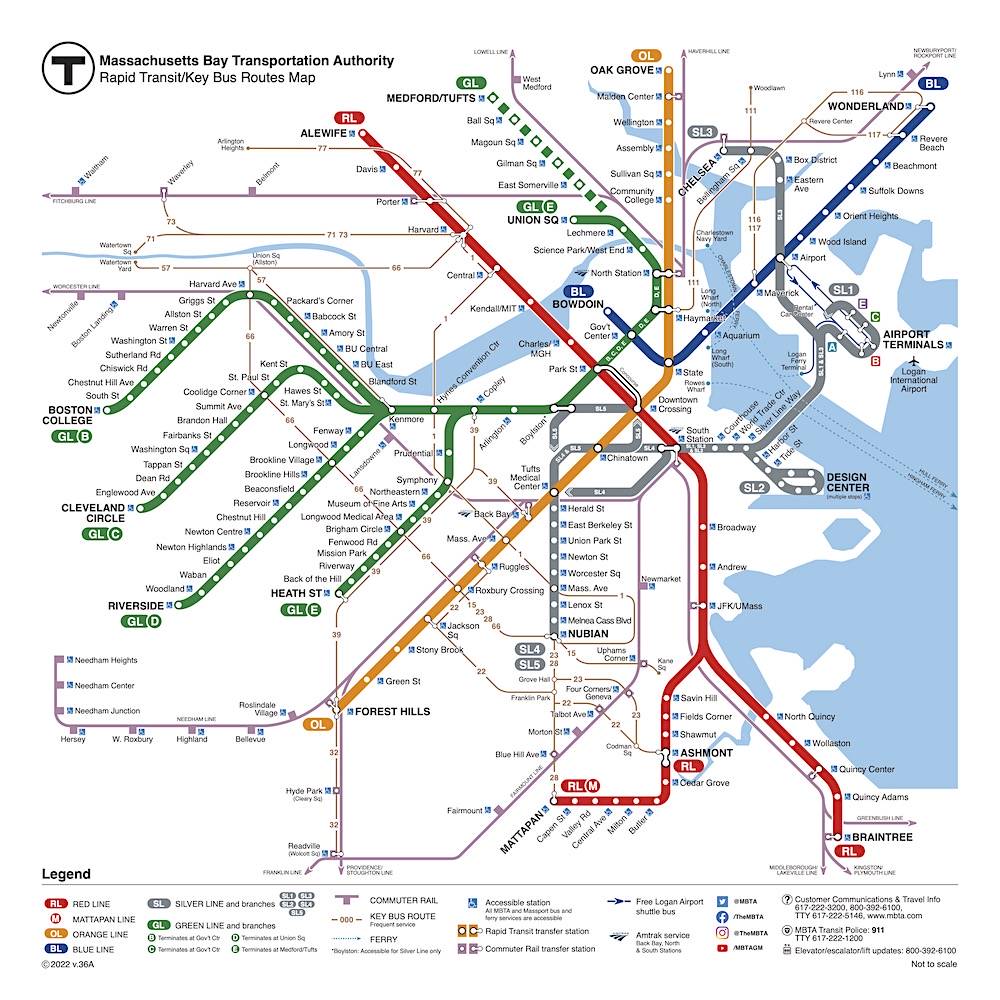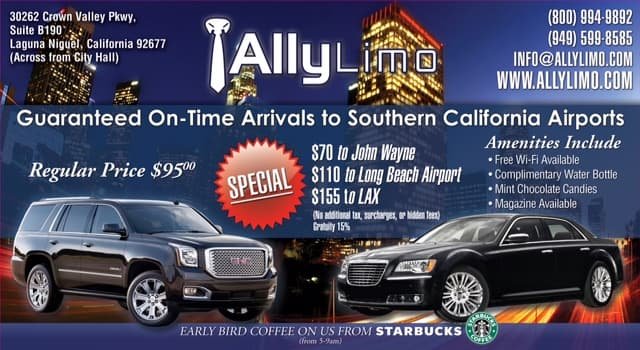Looking to save money on public transportation in Boston? Discover the cheapest options available to you for getting around the city efficiently and affordably.
One of the most cost-effective ways to travel in Boston is by taking the subway, known as the “T.” With a single fare costing just $2.40, the subway offers an extensive network that connects you to various neighborhoods and attractions throughout the city. With frequent service and multiple lines, the T provides a convenient and affordable option for both residents and visitors.
When it comes to cheap public transport in Boston, the subway system, known as the “T,” is your best bet. With fares starting at $2.40 per ride, it offers an affordable and convenient way to get around the city. You can purchase a CharlieCard or a CharlieTicket to access the subway, buses, and even some commuter rail lines. Explore the city without breaking the bank by taking advantage of Boston’s cheapest public transport option, the T.

What is the Cheapest Public Transport in Boston?
The city of Boston offers a variety of public transportation options for residents and visitors alike. From buses and trains to ferries and bike-sharing programs, there are several ways to get around the city without breaking the bank. But which mode of transportation is truly the cheapest? In this article, we will explore the different options available in Boston and find out which one offers the best value for money.
1. The Subway: A Convenient and Affordable Choice
Boston’s subway system, known as the “T,” is a popular choice for commuters and tourists. With four subway lines (Red, Orange, Blue, and Green), it provides extensive coverage across the city and surrounding areas. The subway is known for its reliability and ease of use, making it a convenient option for getting around.
When it comes to cost, the subway is one of the cheapest public transportation options in Boston. A single ride on the subway costs $2.40, and the fare remains the same regardless of the distance traveled. This makes it a cost-effective choice for both short trips within the city and longer journeys to the suburbs.
For frequent travelers, the subway offers various cost-saving options. The most popular is the CharlieCard, a reusable plastic card that allows riders to load funds and enjoy discounts on each trip. With a CharlieCard, the fare is reduced to $2.25 per ride. Additionally, the subway offers weekly and monthly passes for unlimited travel within a specified duration. These passes are especially beneficial for commuters or individuals who regularly travel around the city.
2. Buses: Affordable and Extensive Coverage
In addition to the subway, Boston’s bus system is another affordable option for public transportation. The bus network covers a vast area, including routes within the city and connections to the surrounding suburbs. For those looking for a cost-effective way to navigate Boston’s neighborhoods, the bus is a convenient choice.
Similar to the subway, a single bus ride costs $2.40. However, one key advantage of the bus system is that transfers between buses are free within a two-hour window. This means that riders can switch between buses to reach their destination without having to pay for multiple fares. For individuals who need to make frequent transfers or have a more complex travel itinerary, the bus system provides a budget-friendly option.
3. Bike-Sharing: An Affordable and Eco-Friendly Choice
Bike-sharing programs have become increasingly popular in many cities worldwide, and Boston is no exception. With its bike-sharing program called Bluebikes, the city encourages residents and visitors to explore Boston on two wheels. This option is not only affordable but also environmentally friendly.
Bluebikes offers various membership options, including a single ride option for $2.50, a day pass for $10, and an annual membership for $99. With an annual membership, riders can enjoy unlimited 45-minute rides throughout the year. For short trips within the city or leisurely rides along the scenic paths, Bluebikes provides an economical and enjoyable transportation option.
4. Commuter Rail and Ferries: Alternative Options
Boston’s commuter rail and ferry services offer alternative modes of transportation, especially for those traveling outside the city. While these options are not as cheap as the subway or bus system for local travel, they can be cost-effective for specific journeys.
The commuter rail connects Boston to nearby towns and cities, such as Worcester, Lowell, and Salem. Fares vary depending on the distance and the specific route. The ferry services, on the other hand, provide scenic transportation across Boston Harbor to destinations like Charlestown and the Boston Harbor Islands.
For individuals who need to commute or travel longer distances, the commuter rail and ferries can offer cost-saving options. Monthly commuter rail passes and discounted ferry passes are available for regular riders, providing a more affordable way to travel.
5. Comparison of Costs: Which is the Cheapest?
To summarize the costs of the different public transportation options in Boston:
- Subway: $2.40 per ride or $2.25 per ride with a CharlieCard
- Buses: $2.40 per ride with free transfers within a two-hour window
- Bike-Sharing: $2.50 for single rides, $10 for a day pass, or $99 for an annual membership
- Commuter Rail and Ferries: Varies depending on the distance and specific route
While the subway and buses offer the cheapest options for local travel in Boston, the bike-sharing program can be a cost-effective choice for short trips and leisurely rides. The commuter rail and ferries are more suitable for longer distances or specific journeys outside the city.
Which Public Transport Option provides the Best Value for Money in Boston?
When considering the best value for money, the answer may vary depending on individual preferences and travel needs. However, for most people, the subway and bus system provide the most affordable and convenient transportation options within Boston. With their extensive coverage and cost-saving features such as free transfers and discounted fares with a CharlieCard, they offer the best value for money for daily commuters and frequent travelers.
For those who prefer a more eco-friendly alternative or enjoy exploring the city on two wheels, the Bluebikes bike-sharing program is a budget-friendly option. With its affordable membership options and unlimited 45-minute rides, it provides both value for money and a unique way to experience Boston.
Ultimately, the choice of the cheapest public transport option in Boston depends on individual preferences, travel needs, and the duration of stay. Whether it’s the subway, buses, bike-sharing program, or a combination of different modes of transportation, Boston offers a range of affordable options for getting around the city.
Key Takeaways: What is the Cheapest Public Transport in Boston?
- In Boston, the cheapest public transport option is the subway system, known as the “T.”
- The fare for a single ride on the subway is $2.40, which is the same regardless of distance traveled.
- If you frequently use public transport, it’s more cost-effective to purchase a reloadable CharlieCard, which offers discounted fares.
- The bus system in Boston is also affordable, with a single ride costing $1.70 with a CharlieCard.
- Another budget-friendly option is the ferry, which offers scenic views of the city and costs $3.70 for a single ride.
Frequently Asked Questions
In this section, we will answer some frequently asked questions about the cheapest public transport options in Boston.
1. Are there any free public transportation options in Boston?
While most public transportation options in Boston require a fare, there is one free option available. The Silver Line Bus, specifically the SL1 and SL2 routes, operates between Logan Airport and South Station for free. This can be a convenient and cost-effective option for individuals traveling to and from the airport. However, it is important to note that other forms of public transport in the city do require a fare.
Additionally, certain events or promotions may offer free rides on specific public transportation routes, so it’s always a good idea to stay updated with any ongoing offers that may provide free transportation in Boston.
2. What is the least expensive way to get around Boston using public transportation?
The Massachusetts Bay Transportation Authority (MBTA) operates the subway system, commonly known as the “T,” which is the most affordable way to travel within Boston. The one-way fare for subway rides within the city is $2.40, and this includes transfers between subway lines. The subway provides extensive coverage throughout the city, making it a convenient and cost-effective option for commuting within Boston.
If you plan to use public transportation frequently, you can also consider purchasing a weekly or monthly pass, which can offer further savings compared to individual fares.
3. Is there a difference in fares for different forms of public transport in Boston?
Yes, there are variations in fares depending on the mode of public transportation in Boston. As mentioned earlier, the subway (T) has a one-way fare of $2.40 within the city, which includes transfers. Buses within the city also have the same fare of $2.40 for a one-way trip.
However, commuter rail fares are distance-based, meaning the fare depends on the distance traveled. Commuter rail fares can range from $2.40 for a short trip to over $12 for longer journeys outside the city. It’s important to check the specific fares for your intended destination when using the commuter rail.
4. Are there any discounted fare options available for public transportation in Boston?
Yes, there are discounted fare options available for specific groups in Boston. Seniors aged 65 and above, as well as individuals with disabilities, are eligible for reduced fares on the subway, buses, and commuter rail. The discounted fare for these groups is $1.20 for a one-way trip on the subway and buses, and discounted commuter rail fares vary based on distance.
Additionally, students in Boston can obtain a Student CharlieCard, which provides reduced fares for subway and bus rides. The specific discounted fares for students vary depending on the school or institution they are enrolled in.
5. Can I use a contactless payment method, such as a credit card or mobile payment, for public transportation in Boston?
Yes, the MBTA has implemented a contactless payment system called “Fare Payment System” (FPS). With FPS, you can use contactless methods such as a contactless credit card or mobile payment apps like Apple Pay or Google Pay to pay for your public transportation fares.
This system allows for a seamless and convenient payment experience, eliminating the need to carry physical tickets or exact change. Simply tap your contactless payment method on the designated card reader when boarding the subway or bus, or at the fare gate for commuter rail stations.
So, what is the cheapest public transport in Boston? Based on the information provided, the MBTA bus is the most affordable option. With a single fare of just $1.70, it offers a budget-friendly way to get around the city.
If you’re on a tight budget and looking to save money on transportation, taking the bus is the way to go in Boston. Just hop on board, pay the fare, and you’re on your way to exploring everything the city has to offer without breaking the bank.






